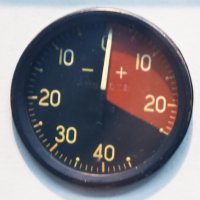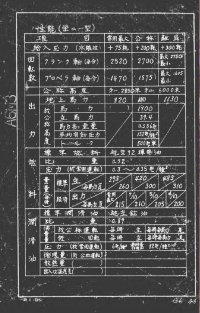dewoitine
SOH-CM-2025
Sorry, in French!
 www.lecharpeblanche.fr
www.lecharpeblanche.fr
On May 5, at Paine Field, Everett, Washington, USA, Mike Spalding conducted the new first post-reconstruction flight of the Mitsubishi A6M3 Model 32 Zero . Rebuilt by Legend Flyers and registered NX9940 , the aircraft belongs to the American collector Gerald Yagen and his Military Aviation Museum based in Virginia Beach, USA. This former Imperial Japanese Navy fighter is probably the first model 32 to fly since 1945.
USA: le Mitsubishi A6M3 Zero du Military Aviation Museum prend son envol – L’Echarpe Blanche
On May 5, at Paine Field, Everett, Washington, USA, Mike Spalding conducted the new first post-reconstruction flight of the Mitsubishi A6M3 Model 32 Zero . Rebuilt by Legend Flyers and registered NX9940 , the aircraft belongs to the American collector Gerald Yagen and his Military Aviation Museum based in Virginia Beach, USA. This former Imperial Japanese Navy fighter is probably the first model 32 to fly since 1945.



